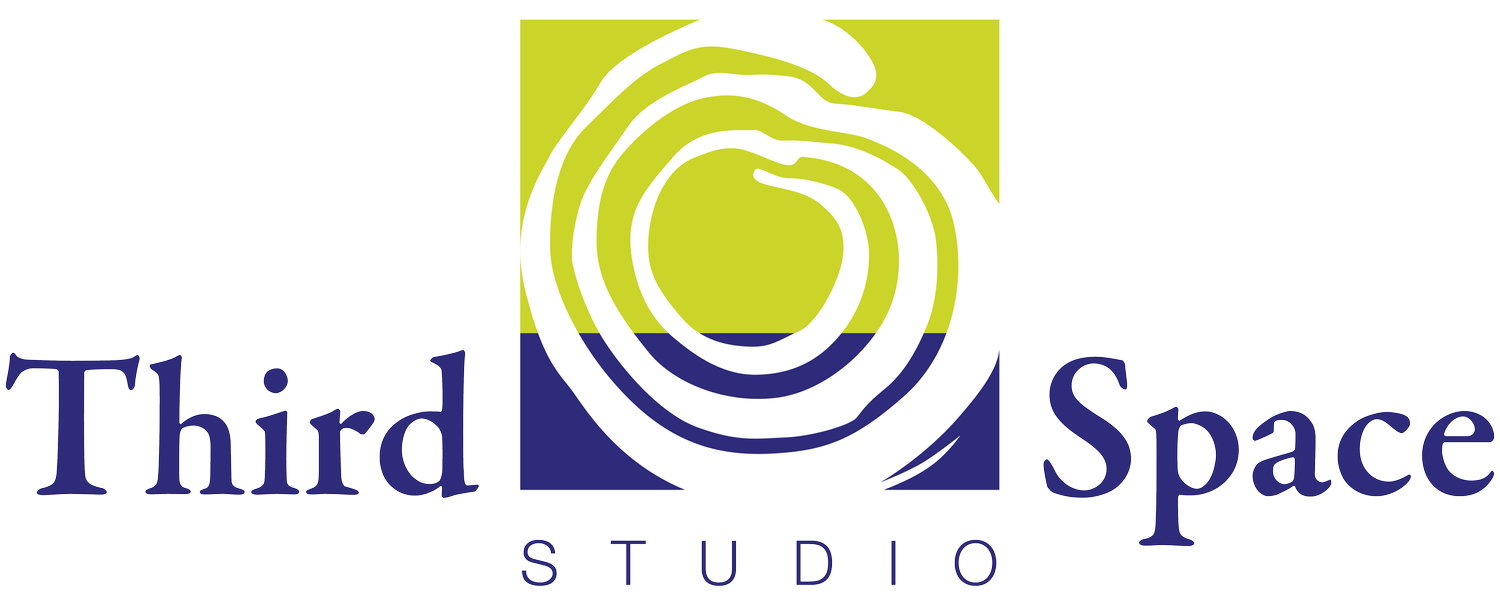Equity Leaps
Making a Leap: Breaking and Reshaping Nonprofits and Philanthropy
On Leap Day this year, I was with the North Carolina Network of Grantmakers to facilitate a session and had the privilege of attending others. With the permission of my small group members and conference organizers, I want to share a story from one of the sessions I attended. It was one of the more engaging and useful conference sessions that I have attended in a very long time. It was one of those conversations that can be a catapult for a leap.
The title of the session was A Conversation: How Can Foundations Support Nonprofit Leaders of Color? I sat down towards the front at a table with people I did not know including a Black woman who leads at one of the state’s larger foundations and a Sikh man who is a leader with a pooled fund ensuring that all North Carolinians have access to local news. Later, a Black man who served as a trustee at a community foundation joined the conversation.
The two facilitators quickly engaged us with a series of prompts. These questions led our small group into a deep conversation about what is working and what is needed. Here’s some of what was shared about what has been helpful to leaders of color from White leaders and White led organizations.
Make introductions and connections. One leader referenced the gift of a White leader who said, “I will never know what it is like to be a Black woman in our field. Let me connect you to some other Black women that I know so that you have those relationships.”
Ensure everyone in the organization understands the roots of the organization and how it does its work. Make sure that the knowledge and tools that people need to do their jobs are accessible. Don’t make assumptions about what people know and don’t know.
Create space for people of color to exercise their own agency. Don’t undermine people’s agency and power as a way of showing that you are a good ally.
Be vulnerable in checking your biases and being open to learning. Be curious. Good questions to ask include: What are you seeing from your vantage point? What perspectives are missing?
Don’t make assumptions about what people want or need. Make inquiries about what might be helpful. Acknowledge the ways that you can be helpful and the ways that you might not be able to help with more systemic challenges. Good questions to ask include: What are the obstacles keeping you from succeeding? Which obstacles can be fixed with money? Which need to be addressed with organizational policies and practices?
Observe and acknowledge the exhaustion of living as a person of color in our current society. The Black woman at our table noted how exhausted she is before she even gets to work: dressing to look a certain acceptable way, listening to the news, processing microaggressions and injustices with family members, and more. Those who are parents worry about the safety of their children every day.
Be clear and forthright about the leadership paths in the organization. Leadership development is about more than salary scales and expectations. Can people advance in their leadership in this organization? Who in the organization is encouraged to step into new roles or even to take positions with other organizations to advance their own career trajectory?
Notice and name the cultural dynamics in the organization, especially those dynamics that marginalize some. There was a spirited conversation in the room about the expectation of people “paying their dues.” What are the expected “dues” and can everyone pay them? One young Black man reminded the group that the expectation of “paying dues'' was ridiculous since all White people are historically indebted to Black people in America.
As we talked at our table, we reflected on how people of color often feel and are treated as the “square peg in a round hole.” This conversation and many others focus on how to help the square peg better fit into the round hole. Many articles and programs about people of color in leadership are about providing support and protection. There is a rising number of cohort programs for leaders who are people of color and wellness retreats and one-time grants for Black women leaders. We are trying to remedy the impacts of being worn down to fit. People of color in our organizations need our support and our protection at both an individual and organizational level.
Yet, we must acknowledge that it is only the very, very beginning of the work. Black, Indigenous, Latinx, and other people of color have adapted to white expectations for generations. Our work today is reshaping the “round hole” making it a shape that welcomes multiple other shapes. We have work to do to shift and adapt our organizational culture, practices, and policies. We need to change our mindsets, habits, and ways of being as White people.
We ended our session with questions to pose rather than answers. There are very few nonprofits and philanthropic organizations that have cut loose from being grounded in White culture. We are all on a journey.
Why do we do what we do? Is that still important and relevant?
How do we know what people want and need? Have we asked?
How far are we willing to go? What is our risk tolerance?
What can we try? Who is identifying the potential adaptations and why do we think that they might work?
I look forward to being on this journey, to walking with White leaders, and to learning from Black, Indigenous, Latinx, and other people of color. The existential challenges we face are the result of racialized policies and practices. We won’t get to where we want to be without breaking and reshaping nonprofits and philanthropy.

